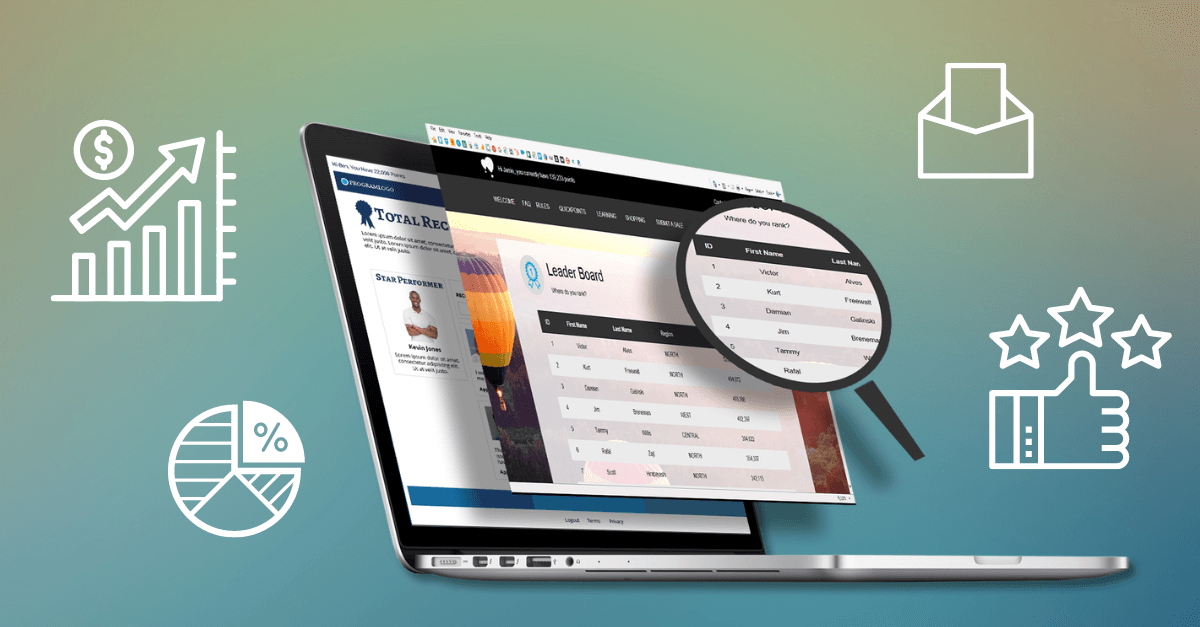Did you know that nearly 70% of business-to-business (B2B) customers are looking to move on to the competition? If you’re a vendor or supplier whose business is highly dependent on just a handful of partners in your distribution channel, that number may disturb you.
Unfortunately, channel partners run their own businesses and they’re looking out for number one. If your products and services are functionally the same as the competition’s, you either have to figure out how to make it clear your products are better or provide an experience with your brand that’s better than your competition’s.
For many B2B brands, products must meet stringent safety or efficiency standards. Innovations may take months and even years. That narrows down your option to improving your brand experience in order to engage channel partners.
Below, we’ll talk about some of the most important ways of engaging channel partners so you can maintain channel partner loyalty and gain market share.
Channel Partner Engagement Ideas
The great thing about channel partner engagement ideas is that the only limit is your imagination. Corny, but true. You can also develop unique, hard-to-imitate channel partner engagement ideas when you have a deep understanding of your buyers and their specific needs or preference.
We’ve broken down several channel partner engagement ideas below into five categories, all of which can be expanded on in various ways.
Consistent Brand Experience
Consistency is a great way to get customers to trust your brand. Consistency lets customers know what to expect and which outcomes will occur, which helps them with financial planning and proactive sales strategies. A few examples of how to create consistency include:
-
- Single sign-on functionality: With a single sign-on, partners can use the same credentials to log in, make purchases, or access resources. They don’t have to remember a bunch of different URLs and logins. Who doesn’t want to cut more two-factor authentication steps out of their lives? Everything related to your brand is in one place. This convenience can be a huge differentiator.
- E-commerce options: The explosion of digitalization after the COVID-19 pandemic caused a dramatic rise in e-commerce platform usage, as well as buyers’ increasing preference for a fast, easy online purchase experience. If you’ve been putting off launching or updating your e-commerce platform, time to stop procrastinating!
2021 marked the first time B2B brands were more likely to offer e-commerce options than in-person selling. A majority of B2B buyers are willing to spend up to $500,000 on e-commerce sites. (Source: McKinsey)
- Access to a through-channel marketing (TCM) program: Partners’ definition of your brand and attitudes toward it are built one interaction at a time. Make those interactions easier to access by inviting partners into a channel marketing program. With the right technology and services from a TCM provider, partners who previously had little to no marketing resources now have a hub where they can access entire marketing campaigns that they can send with a few clicks.
Segmentation
Segmentation is used to identify channel partner types so you can reach out to them in the most successful manner. Segmenting channels helps you create more effective, targeted marketing, which builds trust in your brand and engages channel partners. It also helps you understand each of your segments better.
- Organize permission and access rules: There’s no reason to give everyone access to everything in channel programs such as incentive programs, TCM programs, partner portals, etc. Instead, create permission and access rules so channel partners see only what is relevant. This creates a straightforward and user-friendly solution.
- Segment email and marketing lists: Within your customer relationship management (CRM) software, you can create several marketing lists for different groups. Choose to segment by organization size, partner type, language, or region. Once these are segmented, send out specific information and offers to each group.
Personalization
Segmentation is a key first step to personalizing your channel partner communications. Once you segment channel partners according to shared attributes, you can begin marketing to those groups differently according to the messaging that’s useful to them. Personalization can revolutionize channel partner engagement by making each partner’s experience with you relevant and meaningful. It also ensures you can tailor rewards and promotions based on the distinctions between groups. Personalization can also help you offer specific support, materials, and offers based on customers served further down the line. Some of the tools and tactics that help with personalization include:
- Dynamic content: Dynamic or adaptive content is web content that changes based on the interests, preferences, and behavior of a user. It can be used for email and web content to provide a personalized experience.
- Content tokens in emails: Tokens in emails can be used to populate key fields and create customized communication. They can update all the emails in a program with a single process.
- Personalized discounts and offers: Sometimes, one discount is good for a certain person while another might be better for the next. Personalized offers and discounts take into account the preferences of a user and make them more likely to take advantage of your products and services.
Incentive Rewards
The main benefits of incentive programs for channel partners include market growth and increased sales. When you give a company an incentive to sell your products, that can result in additional revenue for your business. Incentives are an excellent way to motivate partners to play a part in your success while engaging them with rewards that make your brand more personally and emotionally meaningful to them.
- Reward points: Let channel partners gather digital points to redeem fun and exciting items of their choice in an online rewards catalog. Allowing them to select the rewards they want from a wide array of options makes it more meaningful and engaging at the same time.
- On-the-spot rewards: Other rewards can be provided on the spot for doing certain actions. These rewards can be used to reinforce your brand values, business goals, and more.
- Sales team rewards: When the sales team reaches a goal, provide a reward to encourage better productivity next time. Exceeding goals could warrant an even better prize.
- Group incentive trips: Your top performers and most loyal channel partners are tremendous assets to your business. Engage them and show your appreciation for all they’ve done for your brand by setting up a group incentive trip that will be rewarding, fun, and further develop your partnerships.
- Channel partner rewards: You want channel partners to understand you and one way to do that is through incentivized rewards. Provide rewards when partners earn certificates or complete training modules.
Gamification
Gamification is the addition of game elements to engage, educate, and motivate others. Research shows that it can cause up to a 48% increase in workplace engagement and causes 72% of workers to feel motivated to be more productive. In addition, about 40% of salespeople are motivated by winning or making progress in these types of models. Some of the ways you can gamify your channel partnerships include:
- Leaderboard: A great way to track results such as sales performance is through a public leaderboard or similar technology. When everyone can see where they stand, they’re more likely to get energized and put their hearts into important sales promotions.
- Virtual games: Scratch-offs and spin-to-win programs are fun games of chances that are translatable to virtual environments such as online incentive programs. Used as an enrollment bonus for your incentive program, these games of chance allow participants to earn points right away, creating immediate interest and engagement in the program.
- Regular trivia: Boost product knowledge of channel partners and provide a stream of constant interaction with trivia questions. Even a single question every day can get people excited, and regularly engaged with your brand!
Conclusion
Revenue is one of the most important factors for a business and utilizing effective channel partner engagement ideas can have a direct impact on revenue generation. Consider implementing some of the strategies above to increase revenue and ensure you have the best relationship with your partners. If you’re already doing the best you can, don’t be afraid to work with a team or third-party that can help you improve and get the benefits you desire. The growth potential you could be missing as a result of disengaged partners isn’t something to take lightly!



